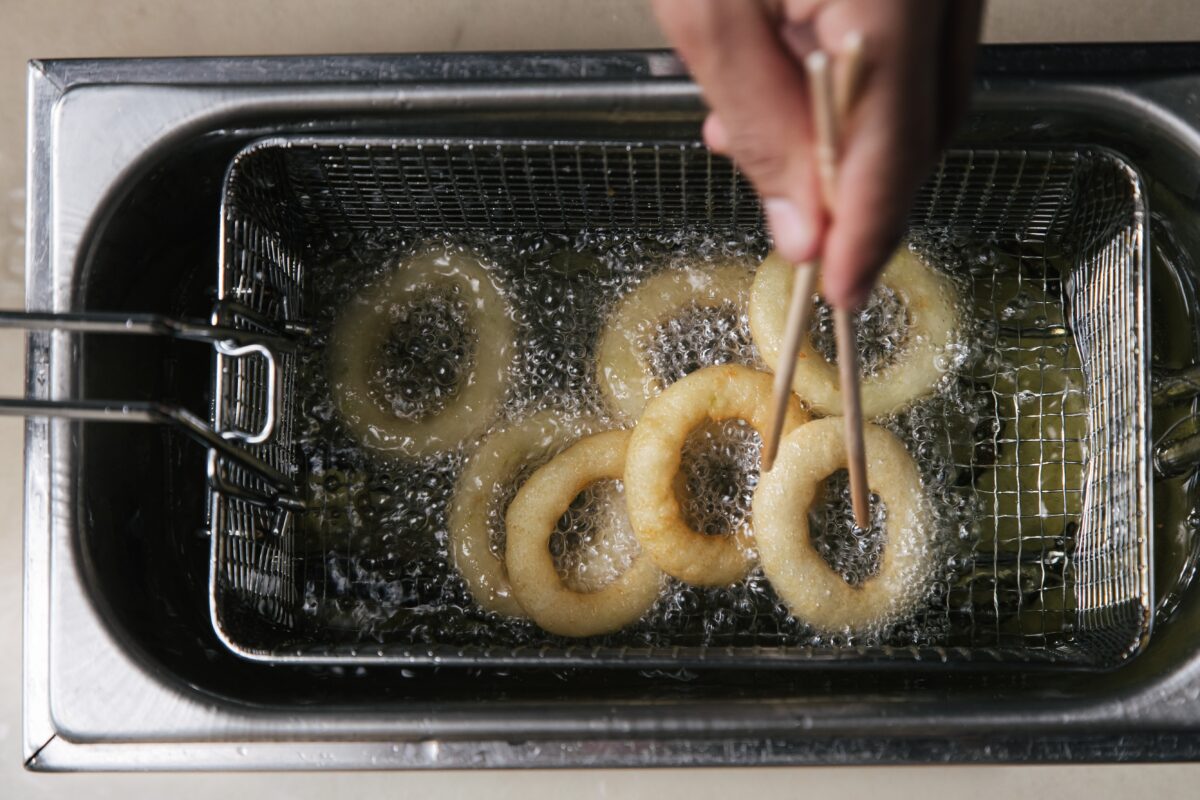Range Hood
Range Hoods For High-Heat Cooking: Options For Intense Culinary Environments
Standing the Heat: Selecting Range Hoods for High-Heat Cooking
High-heat cooking techniques, such as searing or stir-frying, generate more smoke and odors compared to other methods. This blog explores range hood options suitable for such intense culinary environments.

Assessing the Power: CFM Ratings
For high-heat cooking, it’s important to choose a range hood with a high CFM rating. The CFM rating indicates the volume of air the hood can move per minute, and a higher CFM is required for effectively venting the smoke and heat produced by high-heat cooking.
Considering the Design: Ducted vs. Ductless
Ducted range hoods are generally more efficient in venting smoke and heat and are often the preferred choice for high-heat cooking. However, if a ducted hood isn’t an option, a high-quality ductless hood with robust filters can still make a difference. read our blog “Ducted vs. Ductless Range Hoods: Pros and Cons” to know the pros and cons of both in detail.

Factoring in the Size
The size of your range hood should correspond with the size of your cooking range to ensure effective ventilation. For high-heat cooking, it might even be beneficial to go slightly larger.
To sum up, high-heat cooking requires a range hood that can keep up. By considering the power, design, and size, you can select the perfect range hood for your culinary exploits.
 USD
USD CAD
CAD
